Until a couple of years ago, there were certain companies that dominated the mirrorless landscape. Sony had enjoyed almost a complete monopoly on the full-frame segment of the market; Fujifilm, Olympus, Panasonic and Canon were fighting it out among the smaller-sensor (APS-C or Four Thirds) format audience. A big turning point came in 2018, when not one, not two, but three new systems were unveiled within a few months of each other.
After previously dipping its toes into mirrorless with the now-discontinued Nikon 1 system, Nikon was first with its new Z system, followed by the Canon EOS R a week or so later. The L-Mount Alliance was announced at the Photokina 2018 show a couple more weeks later. This used Leica’s existing L mount as the basis for a new alliance between Leica, Sigma and Panasonic. At the show, Panasonic unveiled its full-frame models the Lumix S1 and S1R.
Since then, all three systems have grown. Nikon has introduced an APS-C model using the Z mount, while Canon continues to launch new models with the RF mount. Since 2018 we’ve seen the Panasonic S1H and S5, the Sigma fp and the Leica SL2. But who’s using all this new technology? We spoke to nine photographers who are all keen exponents of each of these systems.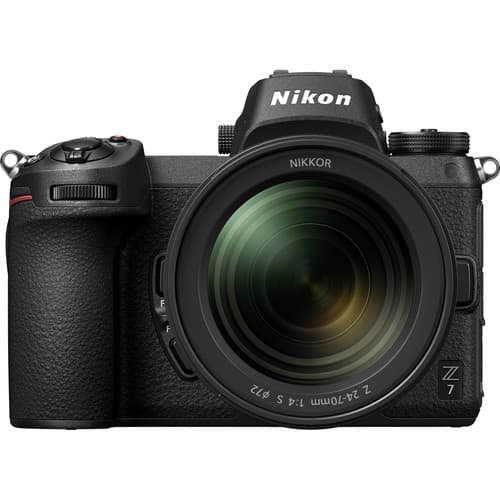 Nikon Z system
Nikon Z system
First announced: 2018
Number of cameras currently in line-up: 4
Number of proprietary lenses: 14
Can be used with existing lenses? Via FT-Z adapter
Nikon’s initial foray into mirrorless took the shape of the Nikon 1 system in 2011. Keen not to take attention away from its DSLRs, it used a one-inch sensor and a range of small camera bodies and lenses. Not offering the best image quality, it never really caught on and was quietly discontinued just a few years after it first emerged. In 2018 Nikon finally took mirrorless seriously, introducing both the full-frame Z 6 and Z 7 models on the same day. The Z 7 was aimed at a more serious user, while the Z 6 was intended to capture the attention of enthusiasts.
Nikon’s new Z mount is much larger than the F-mount used on its DSLRs, giving Nikon scope to introduce different types of lenses than were previously possible, such as the 58mm ‘Noct’ lens with its f/0.95 aperture. In 2019 Nikon expanded the Z range with the APS-C Z 50 camera, using the same mount as its full-frame siblings. It followed that with the introduction of the Z 5 in 2020, an entry-level type camera pitched towards those new to full-frame cameras. Existing Nikon DSLR users can use their F-mount lenses with the FTZ adapter, which gives you full autofocus with most lenses.
Who uses it?
Natasha Borman is based in Hampshire and has been photographing for around ten years. She is self-taught and offers wedding photography, outdoor portrait sessions and Milky Way workshops.
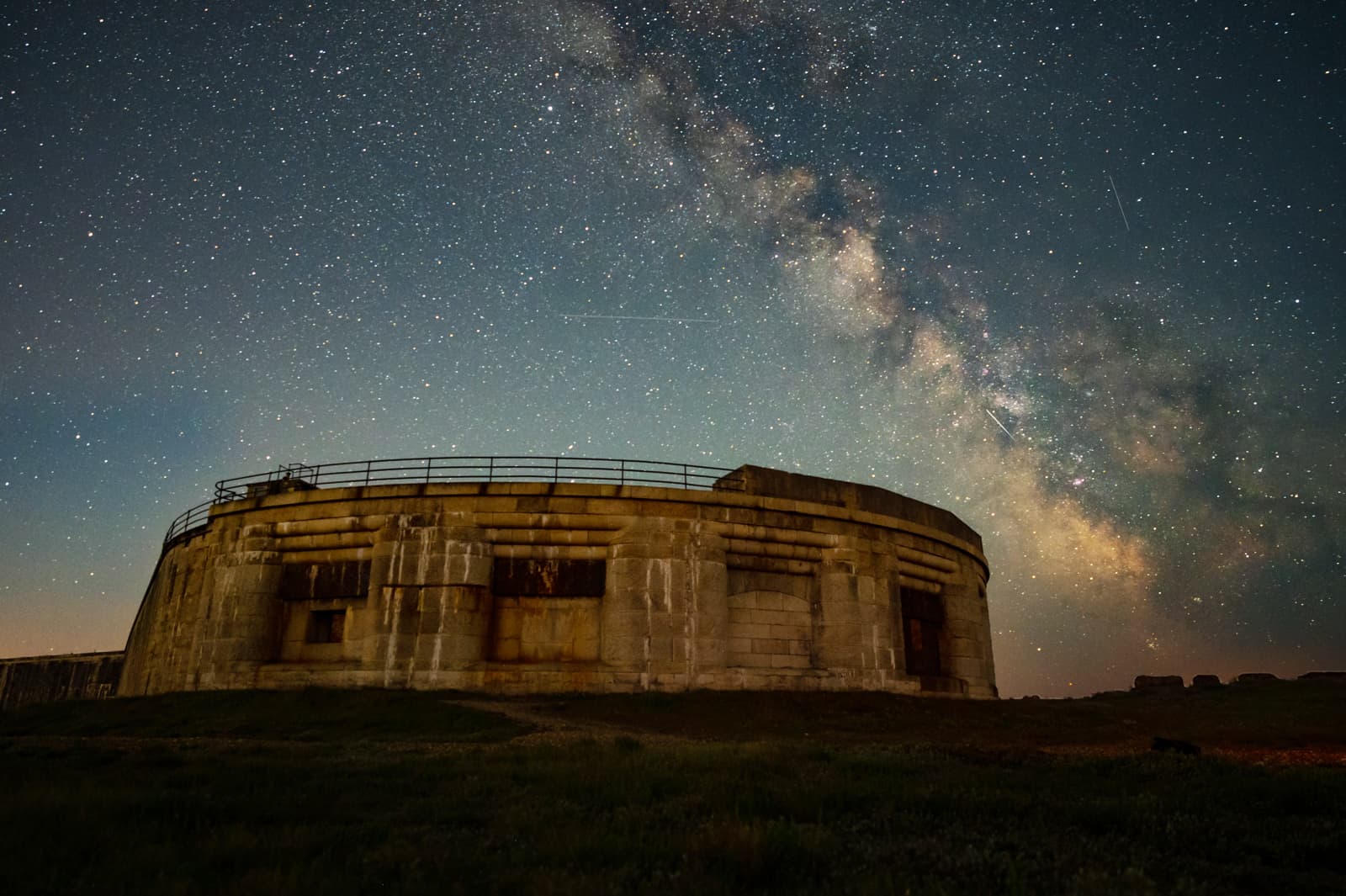
‘I chose the Z 6 as I have been a Nikon user for many years, so when I was due to upgrade I was looking for something lightweight and better quality than my Nikon D90. There were many things that swayed me towards mirrorless, such as its light weight, electronic viewfinder and the fact that I could use an adapter with all my old Nikon lenses. My only concern, as someone who shoots weddings and events, is the lack of a second card slot – I like to have the reassurance of a backup.’
Anne Halle has been taking photographs for many years, but started taking photography seriously about two years ago when she retired. Since then, it has become a big part of her life and she is a member of her local camera club as well as the RPS.

Anne says the high pixel count of the Z 7 is one of its best features NIkon Z 7, 105mm, 1.6sec at f/18, ISO 200
‘I’ve had my Z 7 about a year now and there is no other camera I could think of exchanging it for. The inbuilt Vibration Reduction means I rarely take a tripod when I’m out and about, plus the high pixel count is great for close-up and macro photos which I love, giving me scope to crop the pictures later on. The multi-exposure function aids my creativity and I’m currently enjoying working with that. I’m hoping to add the new 24-200mm lens to my kit soon and am looking forward to Z mount macro lenses becoming available.’
Matthew Horwood is a professional freelance press and public relations photographer based in Cardiff. He is a contributor to Getty Images, and has over 12 years’ experience working in the local and national press.
As a professional news photographer, Matthew needs something quick and reliable. While he has a Nikon Z 7 in his kit bag, he still sees it as very much complementary to his existing setup, which includes a Nikon D6, D5 and D850. He says, ‘As much as I love using the Z system, it’s still not quite there for fast action and it doesn’t, yet, have the networking capabilities which mean I can get an image to a picture desk in a few seconds.’
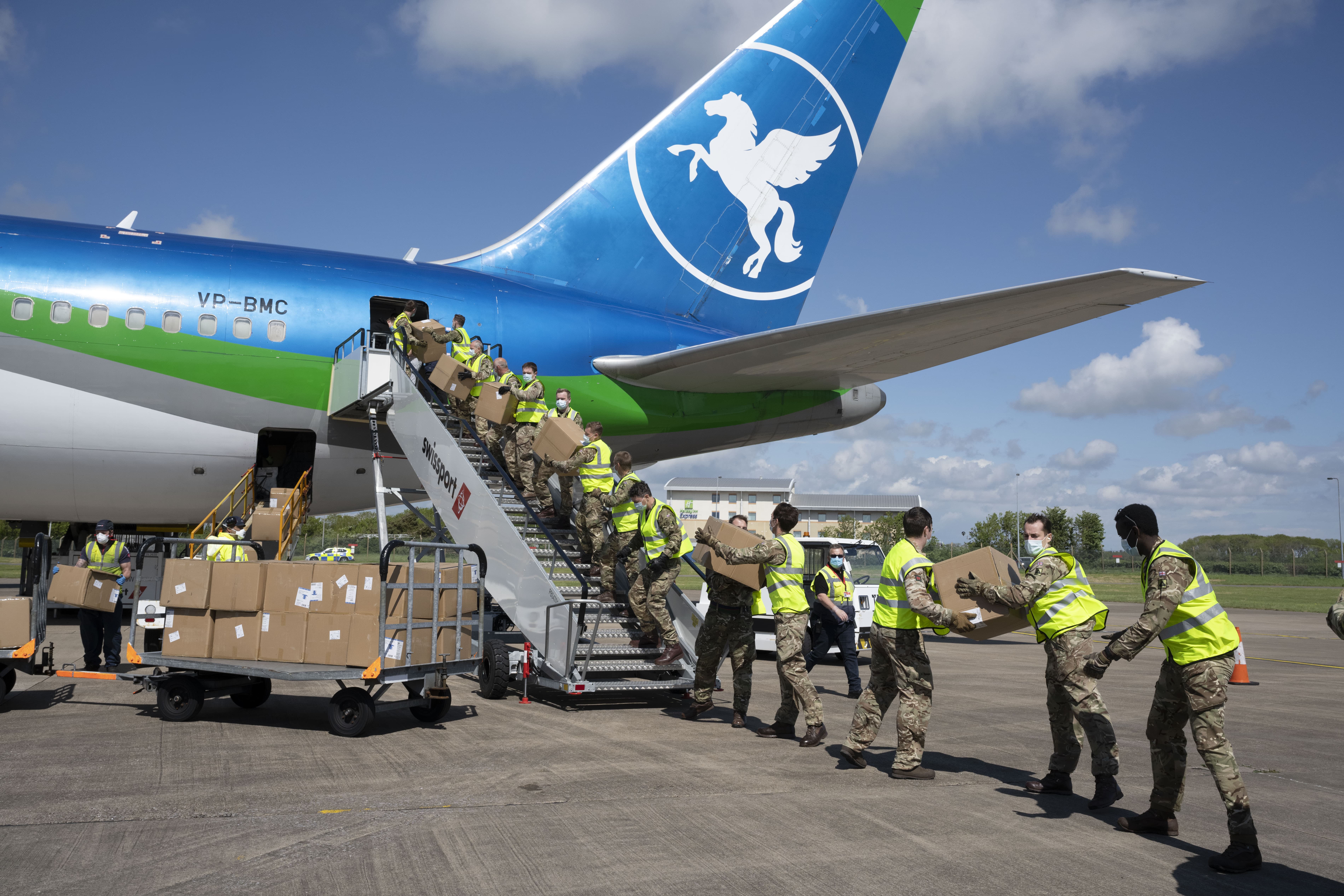
Matthew uses his Z 7 while gathering images for news reporting. Nikon Z 7, 24-70mm f/2.8, 1/1600sec at f/8, ISO 320
While many of his peers were switching to other brands (such as Sony) while the traditional manufacturers got into mirrorless, Matthew was keen to stay loyal to the brand he knew – particularly as he already had a vast array of lenses and accessories. Now he’s glad that he waited, as there’s lot he likes about using his Z 7. ‘Size, low noise, the viewfinder, phase detect focusing, being able to shoot from the hip, and although I’m not blown away by its focusing, the eye focusing is very useful. ‘The key thing for me though is it being silent. It’s a very discreet camera, which isn’t hard coming from the D5 and D6 models which are like AK-47s in comparison. I find I’m far more productive with a Z 7 in certain situations where sound is an issue – there are plenty of times when it’s useful to be able to blend in and not draw attention to yourself.’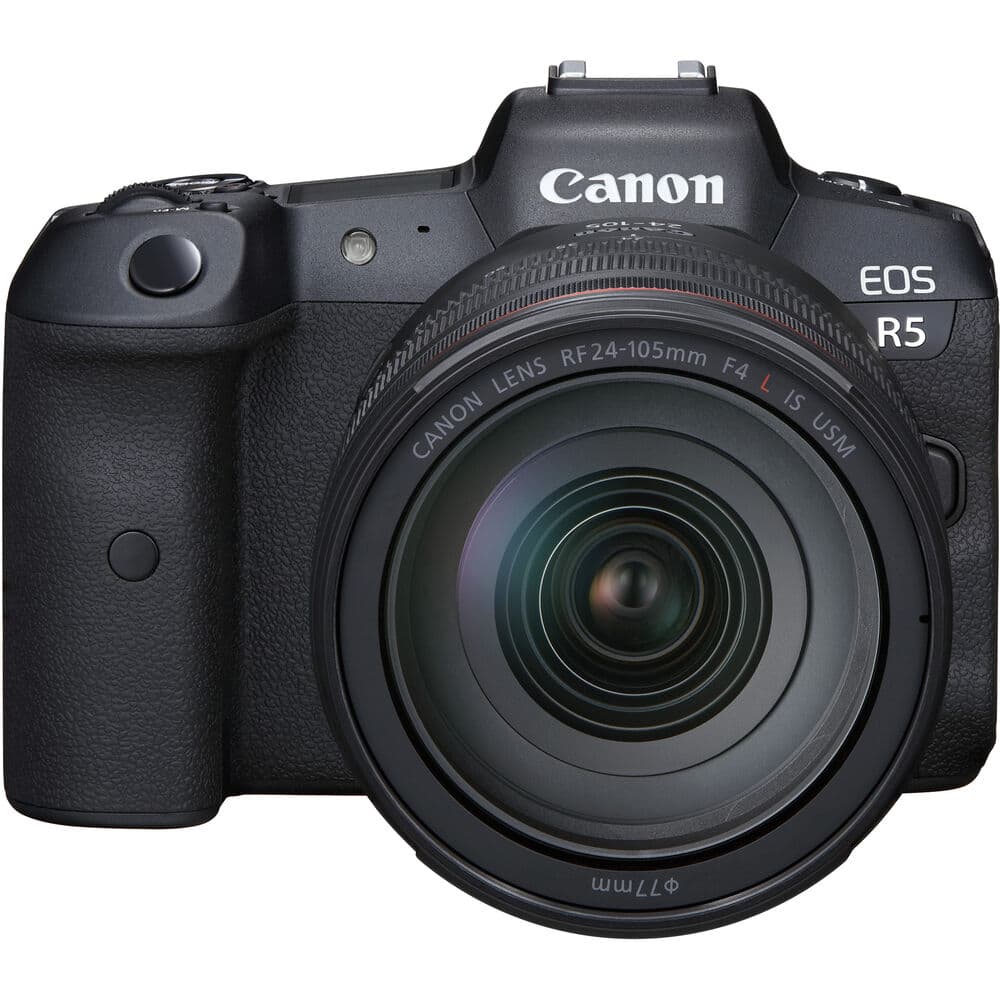 Canon EOS R system
Canon EOS R system
First announced: 2018
Number of cameras currently in line-up: 5
Number of proprietary lenses: 13
Can be used with existing lenses? Yes via EF-EOS R adapter
Canon first stepped into mirrorless with it’s EF-M cameras. These used an APS-C sized sensor and were designed to be more portable than Canon’s existing range of DSLRs. It wasn’t particularly surprising to see the company follow suit with a full-frame mirrorless system, especially since its arch-rival Nikon had done so just a few days previously. The first camera in Canon’s new system was called the EOS R and included a 30.3-megapixel sensor. The Canon EOS R system uses the RF mount, meaning Canon now has three different mounts across its DSLR and mirrorless systems. In 2019 Canon introduced the Canon EOS RP, designed to appeal to those new to the full-frame market. Most recently, Canon introduced the EOS R5 and the R6 – the former being the company’s flagship mirrorless model aimed at professional users. Those who have existing Canon DSLR lenses can use them with the Canon EOS R system via an adapter.
Who uses it?
Dallas-based Vanessa Blair is one half of the photography duo behind Vanessa and Ethan Photography. They specialise in wedding, portrait and animal photography.
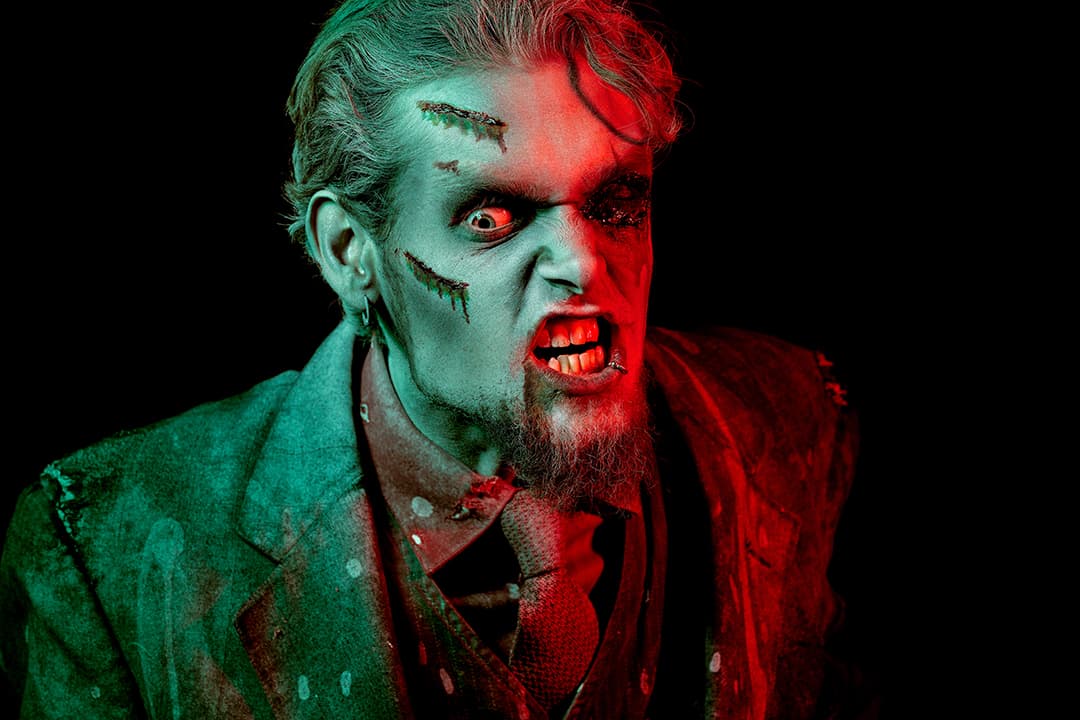
Vanessa believes that mirrorless cameras are the future
‘I chose the EOS R because I was told that mirrorless was the future… I would have to say that they have something there. I adore the fast shooting speed and the light, compact design. While the battery life is shorter than that of your average DSLR, it is still plenty sufficient for my needs – in my opinion the trade-off is well worth it.
Lynne Blount is an abstract and impressionist photographer. She sells prints via her website

‘I love the Canon EOS R because it affords me the opportunity to line up my multiple exposure shots in the viewfinder or on the back screen. It takes the guesswork out which allows me to achieve a higher keep rate on what can be a very challenging technique. On occasions, I only take a small part of the image to work on and so the quality of each shot is so important when you need to crop in tight. To have a full-frame mirrorless that provides that level of quality has opened up so many more creative possibilities for me.’
Helen Bartlett has been a professional family photographer based in London since 2003. See more of her work at her website.
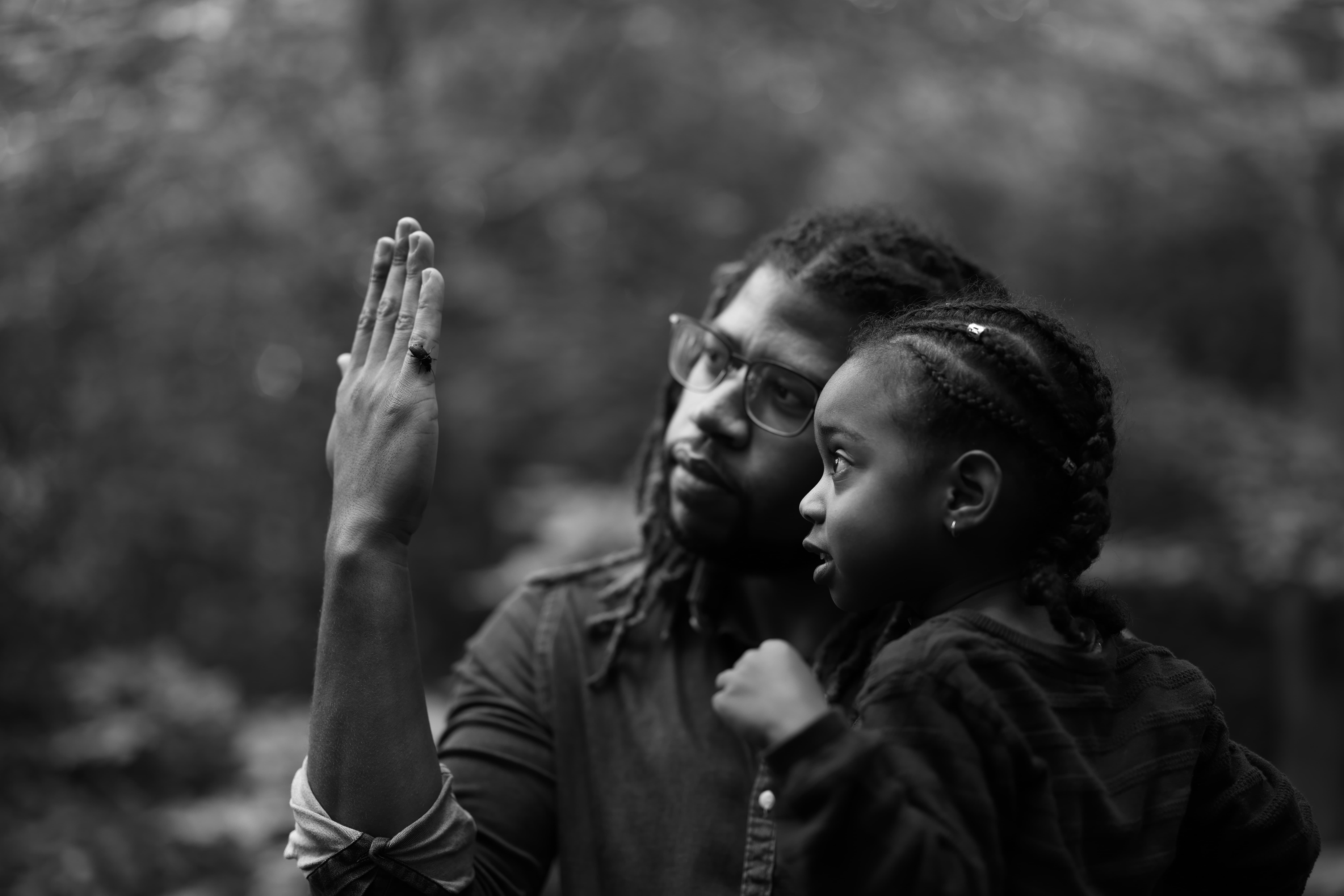
Helen has been using the Canon EOS R since its launch in 2018, and is currently still using two Canon EOS-1D X Mark II cameras, but she is in the process of moving completely to mirrorless – she plans to work with two Canon EOS R5s by the beginning of next year. She says, ‘There have been two huge changes for me using the R system. The first is in the output; the quality of the lenses and the files the system produces. The RF lenses are simply superb and, while the files from the EOS R are lovely, the files from the R5 are truly breathtaking, the best I have ever seen.
‘The other big change for me is the electronic viewfinder. I love being able to see the changes I’m making to my exposure and it’s meant that I have become more confident and experimental with use of light since I started to work with mirrorless. Changes like this, and the huge increase in focus points which allow for more creative compositions, have made a huge improvement to my photography.’ Helen definitely sees a long-term path with the EOS R. ‘The R system feels like the future and this is the time to make the jump. The recently-released R5 and R6 are the bodies where the system has come of age. It’s also a great time to pick up a second-hand EOS R as many professionals will be upgrading,’ she advises The L-mount alliance
The L-mount alliance
First announced: 2018 (as an alliance)
Number of cameras currently in line-up: 9
Number of proprietary lenses: 18
Can be used with existing lenses? Via various adapters
The L Mount was first announced by Leica back in 2014 when it first appeared on the Leica T, an APS-C camera. It was initially called the T mount, but changed to the L mount with the release of the Leica SL, a full-frame model. Things got really interesting in 2018 however with the formation of the ‘L-Mount Alliance’. Announced at that year’s Photokina, it saw Leica team up with Panasonic and Sigma, all using the same mount for their cameras and lenses, so that photographers could mix and match between the systems.
Panasonic was an early pioneer of mirrorless, introducing the very first mirrorless camera all the way back in 2008 with the G1, a Micro Four Thirds model. Panasonic kicked off its L-Mount Alliance line with the S1 and the S1R full-frame cameras, followed a few months later by the video-orientated S1H. Its most recent announcement is the Lumix S5, a full-frame camera, but with a smaller body size than one of its Micro Four Thirds cameras, the popular GH5. Sigma, meanwhile, introduced the Sigma fp – billing it the world’s smallest and lightest full-frame camera – in July 2019. Leica, who of course already had cameras using the L mount, introduced its last L-mount model, the SL2 in November 2019. All three manufacturers have introduced a plethora of lenses, while there’s also a range of lenses which existed prior to the L-Mount Alliance launch. Adapters can be used with a wide range of existing mounts as well.
Who uses it?
Ross Grieve is a portrait, commercial and street photographer as well as working in partnership with a number of companies including Lumix, Adobe, Elinchrom and X-Rite.
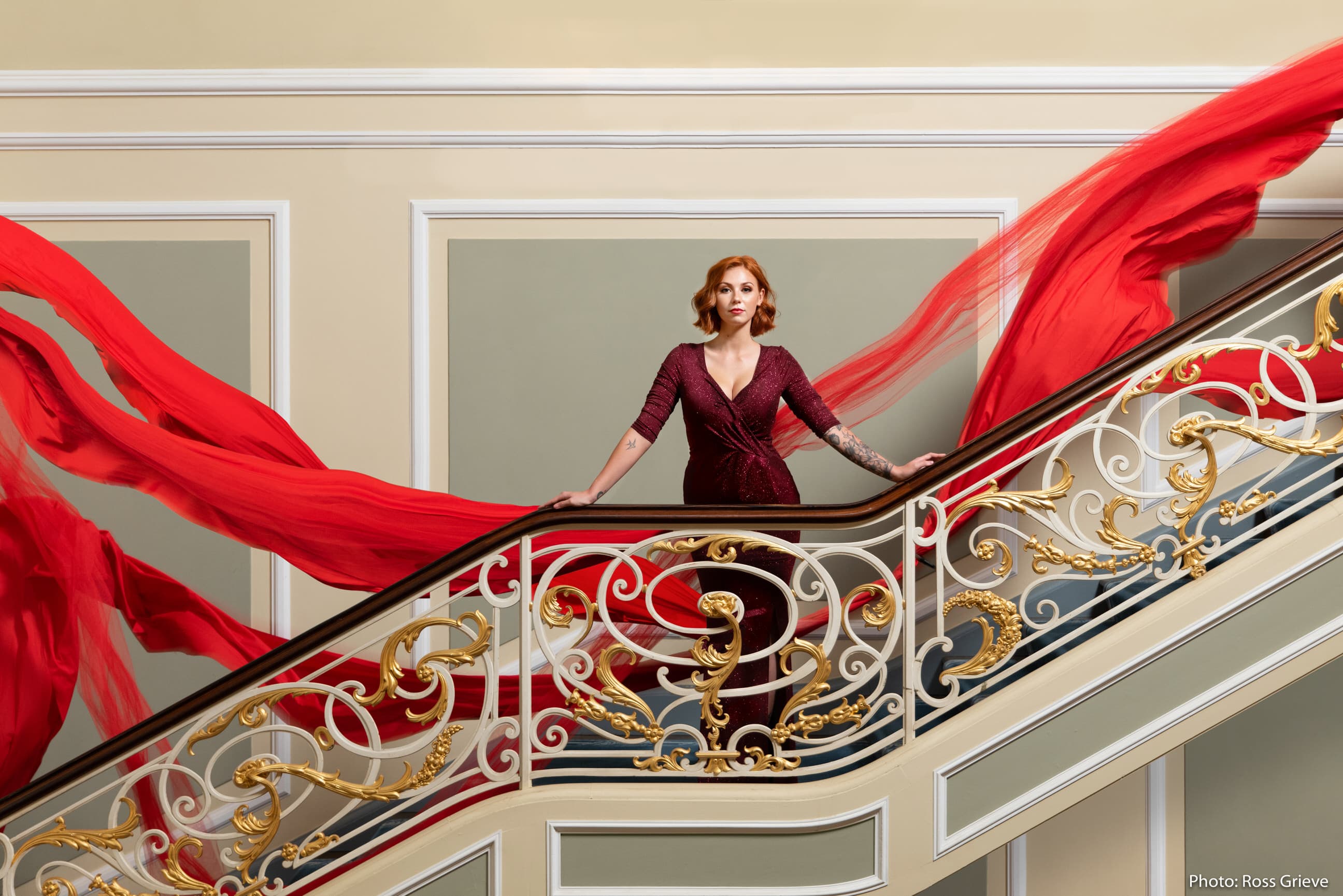
Ross loves the choice that using the L Mount Alliance gives him
Ross has been using Lumix cameras for a while for his professional practice, working with Panasonic’s range of Micro Four Thirds models for some time. In his kit bag alongside the full-frame S1R is a GH5, G9, G100 and a GX9. For the S1R, he likes the fact that he can choose between Lumix, Leica and Sigma lenses.
‘I’m always a fan of companies working together to give us even more choice. It’s like being a kid in a sweet shop,’ he says. Before changing over to Lumix, Ross shot Nikon for around 20 years. ‘But as technology changed, I started looking at other brands and settled on Lumix,’ he explains. ‘One of my reasons for changing was the features a mirrorless system offered. With 4K and 6K Photo modes, this really excited me.’
He also likes the ergonomics of the camera. ‘I am a strong believer that you need to bond with your camera. It needs to feel comfortable in the hand and to hold to your face,’ he says. With lots of competition in the market, it could be hard for users to have confidence in one of the newer systems. Ross doesn’t have any doubts, though. ‘When companies like Leica, Lumix and Sigma make an announcement such as the L-Mount Alliance, they will stick by it. Having worked closely with Panasonic for the past six years, I have complete confidence in them, Leica and Sigma taking the L-Mount Alliance forward.’
Lauren Holley is a visual artist, designer and photographer based in Atlanta. She has won numerous accolades and is the founder of Atlanta Urban Photo Walkers, a meetup group exploring the city’s changing landscape.

Lauren’s creative work is well suited to the Panasonic S1 Panasonic Lumix S1, 24-105mm, 1/125sec at f/4, ISO 500
‘I absolutely fell in love with the S1 pretty much from the start. While it is a bit heavy and large, I found it surprisingly comfortable to hold, due to the large hand grip. The LCD screen and EVF are just outstanding, the clearest and highest quality I have ever seen. I loved the colour profiles of my Micro Four Thirds Lumix cameras, but the increased resolution and dynamic range you get in the S1’s 24-megapixel full-frame sensor is just insane.
The full-frame Pro lenses are pretty massive on the S1, which for me as a cityscape and street photographer was a bit overwhelming. To remedy this, I adapted some of my smaller vintage lenses to the S1, which was a perfect pairing of high end, modern tech and old-world charm.’
Geoff Harris is Amateur Photographer’s deputy and online editor. He has been working as a photography journalist for more than 20 years, and is also a keen photographer, running a successful wedding and portrait photography business in his spare time.
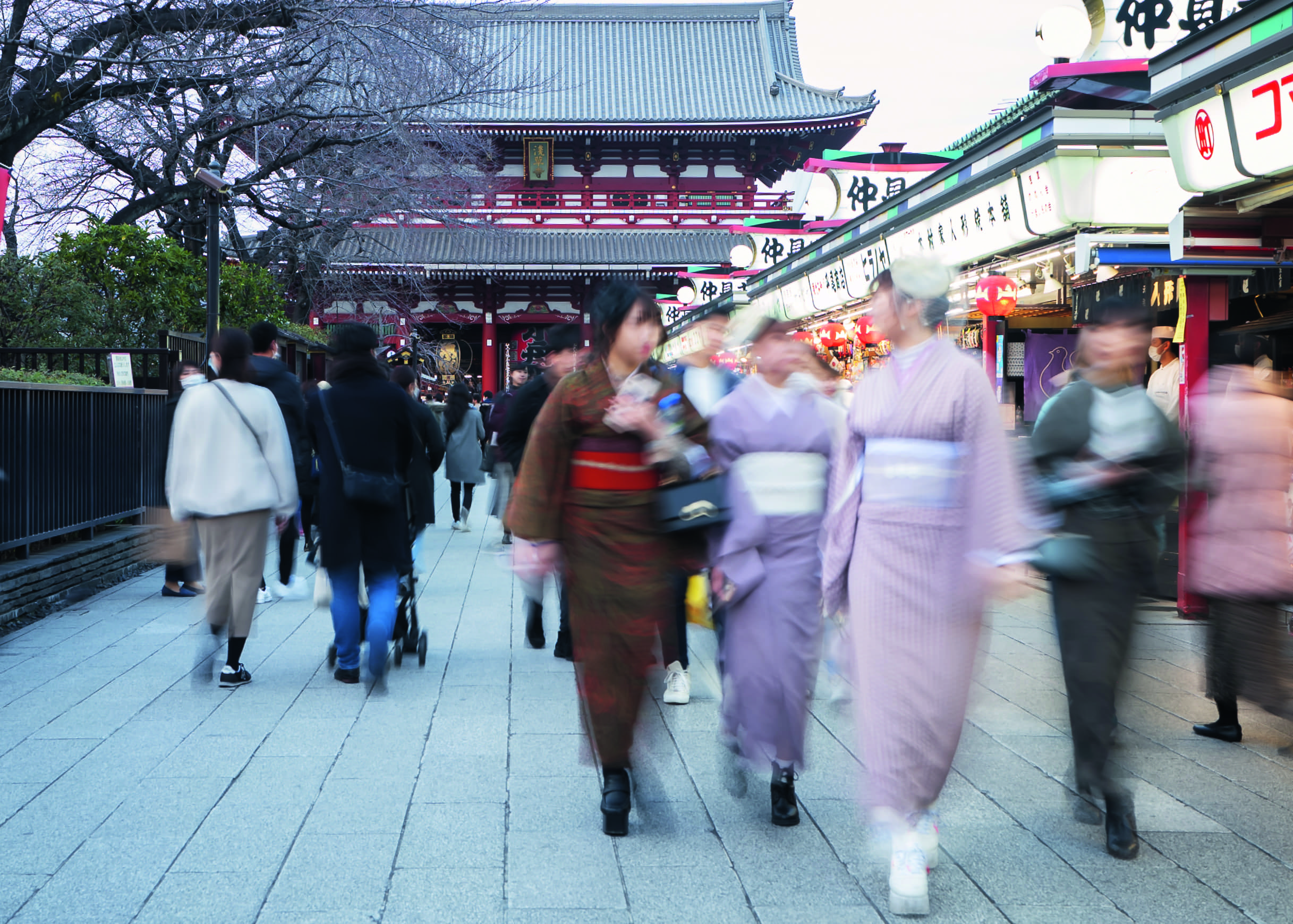
Earlier this year, before lockdown, Geoff used the Sigma fp as a travel camera while visiting Japan. He said, ‘I was instantly impressed by the compact dimensions. This is a camera you can easily get into hand luggage, or fish out of a camera bag when you are out shooting. It’s great for candid street and travel photography, and the face- and eye-detection proved its mettle many times. The camera is being marketed as a powerful stills and video hybrid, so if you are already into high-quality movie making, or want to get into this area more seriously, the fp is an attractive and compelling option.’
Further reading
Best-buy mirrorless cameras







